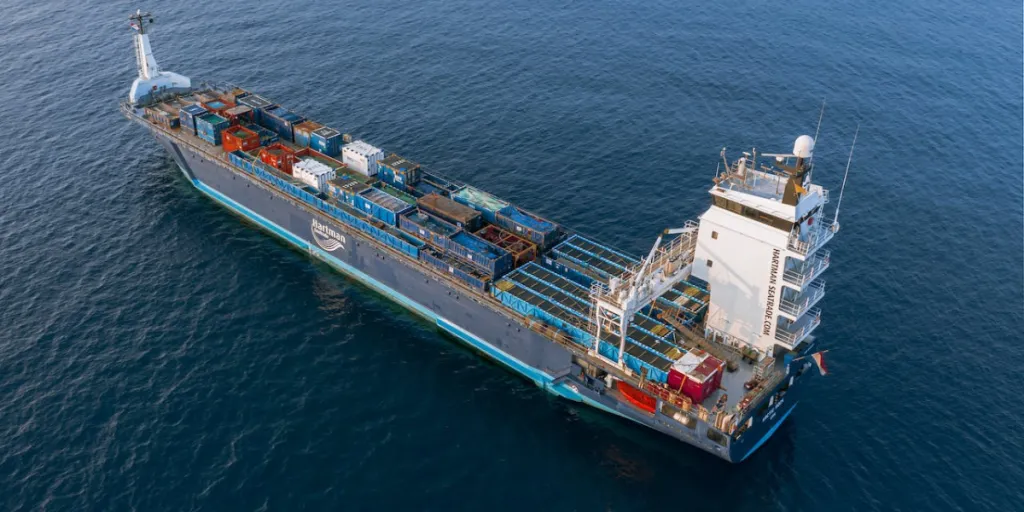Introduction to the crisis
The global freight market and e-commerce sectors are currently facing significant challenges due to disruptions in major shipping routes. The Red Sea, a crucial maritime passage for international trade, has experienced a halt in operations from four major shipping companies following attacks by a regional militant group. This situation, compounded by ongoing difficulties in the Panama Canal, is causing substantial upheaval in global shipping logistics.
Impact on the freight market and analysis from industry experts
The suspension of shipping operations in the Red Sea has profound implications for the freight market. This key route connects the Mediterranean Sea through the Suez Canal and the Indian Ocean through the Bab-el-Mandeb Strait. With approximately 12% of global trade passing through this region, the current disruptions have necessitated the rerouting of ships, notably around the Cape of Good Hope. This detour not only extends travel times significantly but also increases operational costs due to the longer distances.
Adding to this, analysis from Xeneta, a leading maritime and air freight data analysis firm, suggests that the closure of the Suez Canal, while currently seen as a low probability, remains a risk. Should this occur, the freight market could experience a sharp increase in shipping costs, potentially up to 100% according to Xeneta’s analysts, depending on the scale and duration of the Suez Canal route disruption.
Furthermore, a report by Linerlytica, another container market analysis institution, indicated that the probability of Red Sea ship attacks has increased, possibly necessitating rerouting for up to 30% of the container ship fleet. This situation is exacerbating the already strained global supply chains and could lead to significant hikes in shipping costs.
Long-term implications
The ongoing crisis in the Red Sea, along with the challenges in the Panama Canal, could have far-reaching consequences for global shipping and e-commerce. Companies are being forced to rethink their logistics and supply chain strategies, exploring alternative routes and suppliers to mitigate risks. This shift may result in a reconfiguration of global trade routes and a reevaluation of dependence on certain maritime chokepoints. Additionally, the heightened costs and delays might prompt a quicker adoption of regional supply chains and local sourcing strategies in the e-commerce sector.
The current situation underscores the need for the freight and e-commerce industries to adapt to these emerging challenges. This adaptation could involve diversifying shipping options, increasing inventory levels to buffer against delays, and leveraging new technologies like AI and blockchain for more efficient supply chain management. As the global shipping landscape continues to evolve, the resilience and adaptability of these industries will be crucial in navigating and potentially reshaping the future of global trade and e-commerce.




